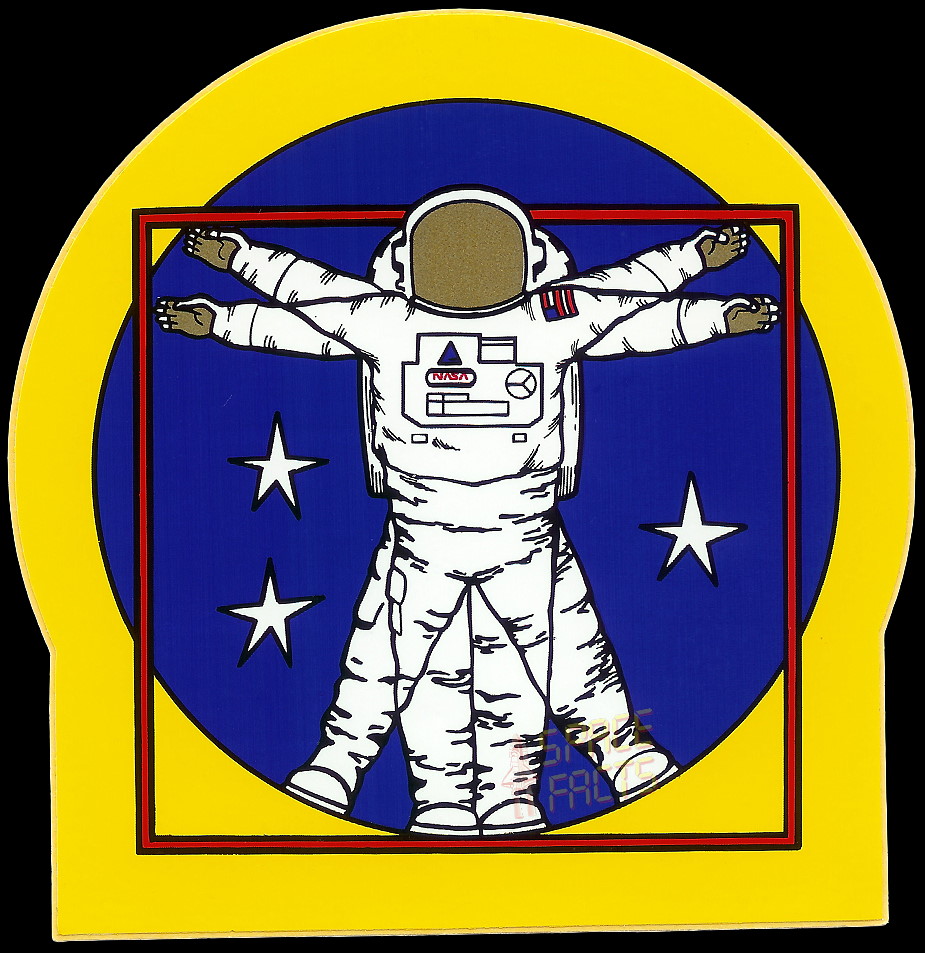NASA-Satellite Servicing
My largest current research project is funded by NASA’s SSCO (Satellite Servicing Capabilities Office). The SSCO is working on creating tele-operated robotic satellites that are capable of repairing satellites currently in orbit. This is a hugely important endeavor. There are thousands of satellites in orbit right now and most of them were built with rapidly obsolescing technology. If we can repair these with new components, or even just refuel them, we can extend their useful lifetimes by many years. That’s a huge savings in both cost and time.
Our team is working on two fronts. First we are building and testing new interfaces for the ground team to use when “flying” the robots in orbit. We’re exploring simple widget designs based on games, sports, and other complex processes, but also looking at future technologies like AR and VR. This is a tremendously complicated process for what amounts to a stop at the gas station for the average car user. Space makes things complex.
This brings me to the second area of research. NASA has many decades of experience putting things into space, and part of that success is due to the organizational structure of a NASA mission. The SSCO is thinking a bit differently though. They are actively reimagining what it takes to service a satellite and thoroughly reinventing the context for our interface designs.
For decades in HCI research we have been studying context as a key element in successful interface design, but what does it mean to design in the face of a changing and undetermined use context? This is the central question we’ve been asking. Not surprisingly, the dynamics of scale are hugely important here. Understanding how the context is evolving requires comprehension at a completely different scale than what you need to understand in order to build the interface. While the sociotechnical dynamics at each scale are largely independent, there are still influences between them. Characterizing these influences and developing design strategies to deal with them is a huge opportunity to advance our understanding of multiscale design and I’m looking forward to sharing the results of our studies in the future.

 D5 Creation
D5 Creation